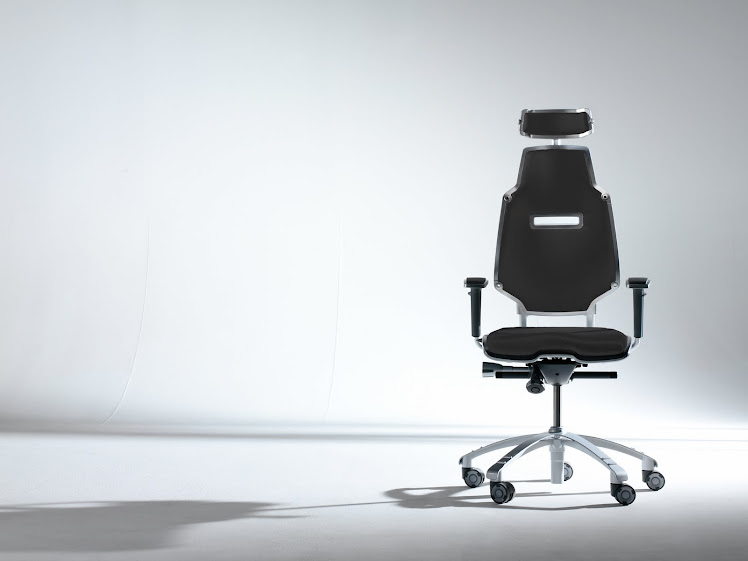Getting back to a federal ergonomics program ...
"There once were job safety rules that helped keep down the number of ergonomic injuries. They were killed by President Bush and a GOP-run Congress.
Ergonomic injuries, also called musculo-skeletal and repetitive-motion injuries are by far the most common injuries workers get when they go to work. Hundreds of thousands of these injuries happen annually, costing millions of lost workdays.
Exact figures are no longer available because the Bush administration, after trashing the ergonomics rules, trashed separate rules requiring companies to report the number of such ailments.
Examples of ergonomic injuries include the back injuries health care workers suffer after they lift and turn patients, without benefit of mechanical assistance, and carpal tunnel syndrome, a condition of nerve degeneration requiring arm or hand surgery. Carpal tunnel affects categories of workers ranging from typists to meat cutters.
Recently, President Obama recruited Jordan Barab, a long-time occupational safety and health specialist and activist, for the position of acting director of the Occupational Safety and Health Administration. Barab spoke about ergonomics at a May 5 legislative conference of union nurses in Washington D.C. He assured them that the Obama administration is committed to bringing back regulation in this area.
During the last year of the Clinton administration, after 10 years of lobbying by the labor movement and hard work by people inside and outside the Clinton White House, the Department of Labor issued a rule designed to reduce ergonomic injuries. The very first bill that Bush signed into law, after he was installed in the White House by the Supreme Court, was a law that repealed all the ergonomic injury rules.
“I remember the rules very well,” Barab, who worked in Clinton’s Department of Labor, told the nurses. “I remember nurses testifying, in tears, about ergonomic back injuries that cost them the careers they loved.
“We either have to get the repeal repealed, or go sector by sector to create new ergonomic rules,” he told the nurses. A third alternative, Barab added, “is to sit down with everyone,” including unions and business “to see what will work in the workplace and politically, to get around the repeal law."

No comments:
Post a Comment